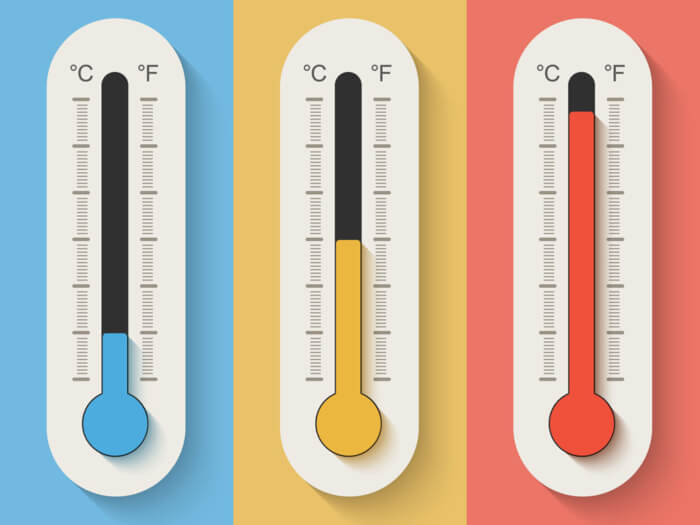The topic of data growth and security continues to be a challenge for many organizations. The question to “air-gap” or not to “air-gap” is consistently being posed across all industries as they think about a solid backup and archive strategy. When it comes to how and where to invest, air-gapping becomes the last item on the checklist, and understandably so. Data keeps growing and while budgets may increase slightly, IT resources are forecasted to stay flat, according to IDC. With so many avant-garde technologies out there, it seems tape is shrinking in its usage. However, tape’s unique ability (despite its advanced age) to morph into a sustainably green, secure, and very cost-effective alternative to other backup and archive solutions allows it to stay relevant – even over cloud alternatives. I’d say a rebound could be on the horizon…
So, what is the chill factor?
As in weather, the wind chill will determine how cold it actually feels on your skin when the wind is factored in. Likewise, organizations today must understand their data to determine how hot or cold it is to leverage the appropriate storage solution that is efficient yet cost effective. Much of the data in more expensive primary storage is cold. Cold data is simply infrequently used data. IDC estimates that about 40% of the 7.5 ZB of data will be commercially related and of that, about 60% will be cold data or data with expected retrieval of greater than 30 days. This data is a perfect candidate for tape storage in your data center or in the cloud. And hey, cold storage doesn’t require a lot of power and cooling.
Security
Tape continues to be the de facto to secure your cold storage/long-term data. Fact is, the physical air-gap between tapes and the network simply does not allow malware/ransomware or hackers to break through to reach offline data. The goal of these evil agents is to destabilize and destroy the ability to self-recover, and then demand a ransom. We’ve heard many stories and companies go out of business because of the vulnerability of keeping all data online. While any online data can be destroyed by an eventual hacker, the data stored securely on tape is untouched with its integrity intact.
Considering both costs and damage created by these attacks, plus the astronomical hit on your resources and valuable time that could be spent on managing critical data, there are more than enough reasons to create the best protection of your critical data on tape. Sure, you can keep cold data on hot disk, but the best approach is to tier it off to the most cost-effective alternative – tape. That’s why we highly recommend the 3-2-1-1 approach to protection. At the end of the day, what matters is “are you able to recover?”. If your data is chilled, there is no reason to tremble.
Economics
Determining the value of your data will help you understand the eventual storage solution required. Never underestimate the value of your historical data. We live in a world where our “always online” way of life opens the door to a barrage of threats. The good news is, economics is on your side. Tape is still the lowest cost for storage available today, and the foreseeable future. At less than $50/TB, as long as data is preserved on tape, it will give you the lowest total cost of ownership (TCO).
Taking these factors into consideration will bring a tiering approach to your backup and archive strategy and enable the proper protection approach for the type of data in need of saving, cooling, and securing.
Originally published on the Quantum Blog, by Diana Salazar, July 23, 2019


